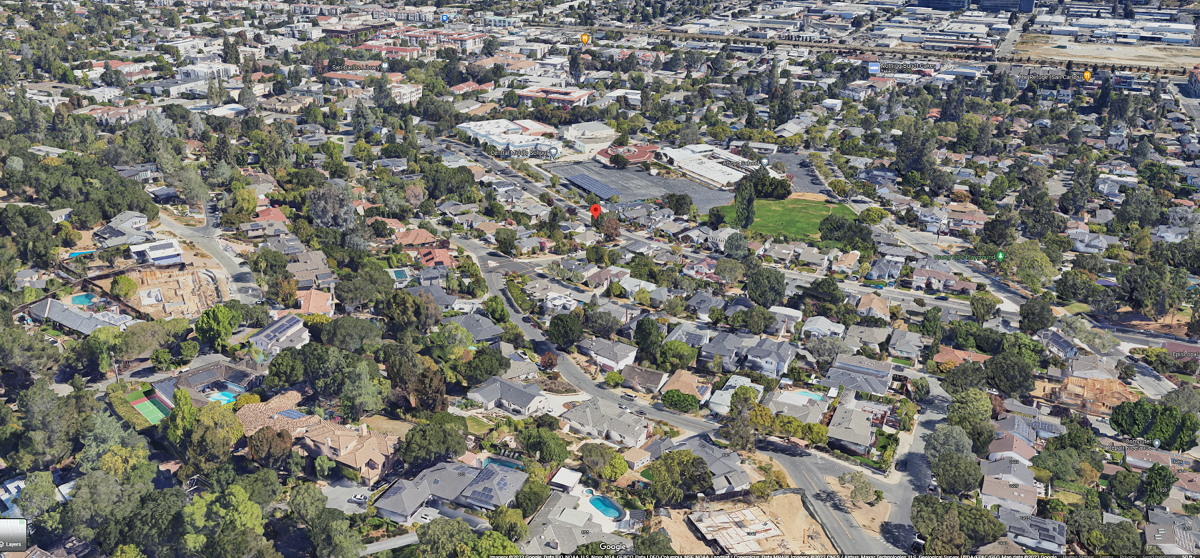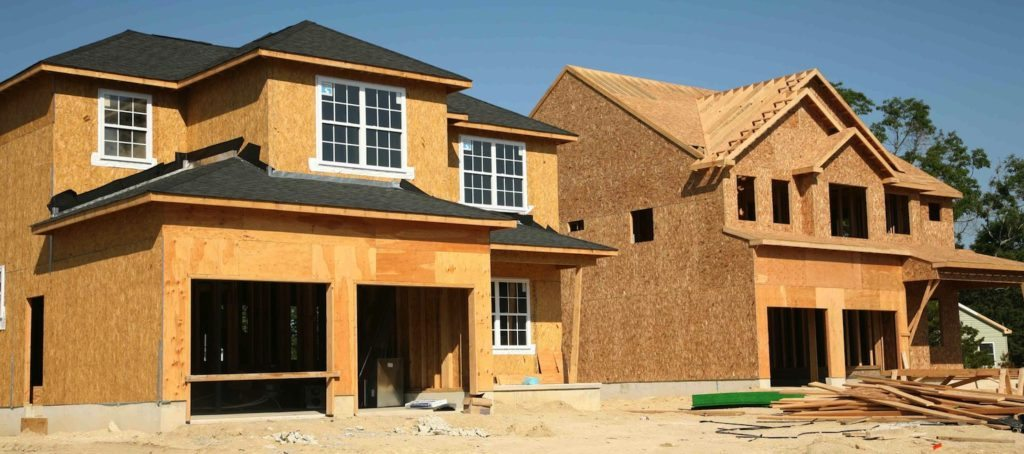San Carlos Housing Element: City Council Adopts 2023-2031 Plan
“The City of San Carlos adopted the 2023-2031 Draft for California’s Housing Element. The Draft Housing Element was prepared to ensure compliance with State law regarding housing opportunities for residents of San Carlos at all income levels. The Draft Housing Element will be submitted to the California Department of Housing and Community Development (HCD) to continue with the certification process.” From City’s website.
As part of the Housing Elements program, the City must identify adequate sites that will be zoned and available within the Housing Element planning period to meet the City’s share of regional housing needs at all income levels. San Carlos is proposing changing some of its zoning ordinances to increase its maximum density requirements plus increase some building heights to 75 feet in restricted areas like along San Carlos Avenue.

According to the draft, San Carlos housing should increase by some 2,735 units by 2031, which is substantial considering there were only 11,400 households in San Carlos in 2021 according to the US census. The City is also looking to preserve some 137 at risk affordable housing units and rehabilitate another 640 low-income homes. Let’s see if the State approves the San Carlos Housing plan and if the plan can get executed?
This new San Carlos housing will be necessary as the Association of Bay Area Governments (ABAG) predicts that San Carlos’ population will grow by 12.5% from 2020 to 2030. The City’s current population is around 30,000, so this means about 4,000 new people in a city that is already in desperate need of housing.
CA Housing Elements – What is it?
“Since 1969, California has required that all local governments (cities and counties) adequately plan to meet the housing needs of everyone in the community. California’s local governments meet this requirement by adopting housing plans as part of their “general plan” (also required by the state). General plans serve as the local government’s “blueprint” for how the city and/or county will grow and develop and include eight elements: land use, transportation, conservation, noise, open space, safety, environmental justice, and housing. These plans are done in cycles, we are on the 6th cycle which runs from 2023-2031.” Association of Bay Area Governments
Meantime, the Bay Area has done a very poor job of meeting the housing needs for its growing populations with a huge disparity in its socioeconomic spectrum. San Carlos Housing has been no exception to this failure. This wasn’t such a big problem before for cities because the California Department of Housing and Community Development (HCD) had little enforcement powers, so it was mostly ignored. However, Assembly Bill 72 which was passed in 2017 changed all that! The HCD now has enforcement powers and cities throughout California are scrambling to submit their housing element drafts.
This has recently resulted in many articles about affluent communities struggling to draft their own Housing Element plans because of all the NIMBYs in those communities opposing lower income housing. However, even cities like Atherton (the most expensive town in all of the US) need to have some quantity of low-income housing.
More Info:
- To learn more about California’s Housing Element history and guidelines click here
- To learn about the San Carlos Housing Plan click here
- To view homes currently for sale in San Carlos CA visit https://sancarloslife.com/homes-for-sale-in-san-carlos-ca/
- To learn more about Vabrato Real Estate visit https://www.vabrato.com/
- To find some of the best real estate agents in San Carlos CA visit https://www.vabrato.com/about-us/


